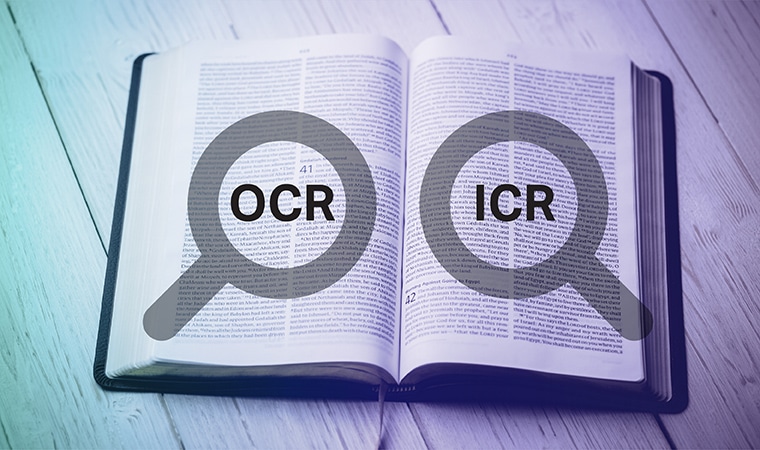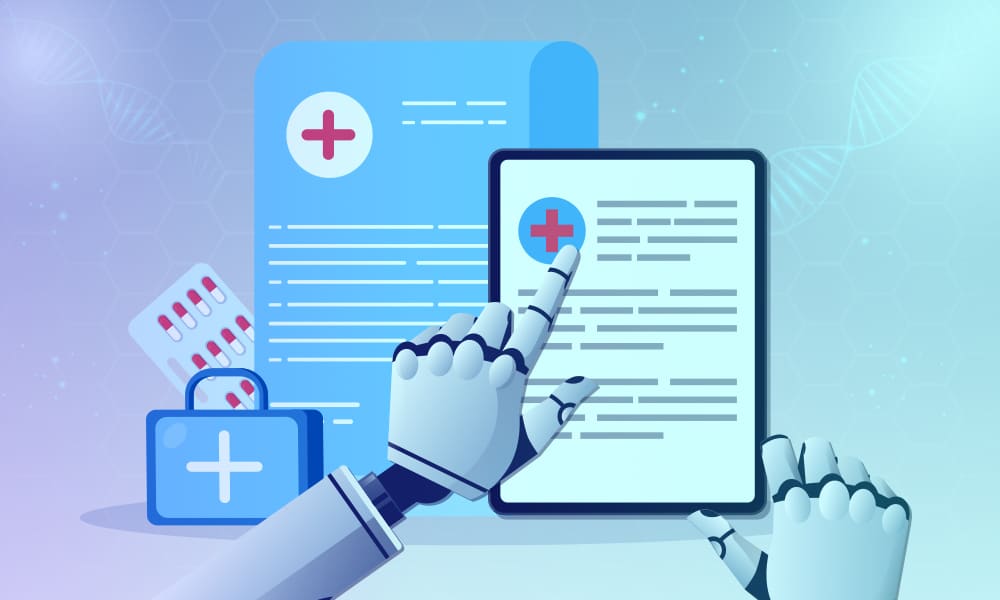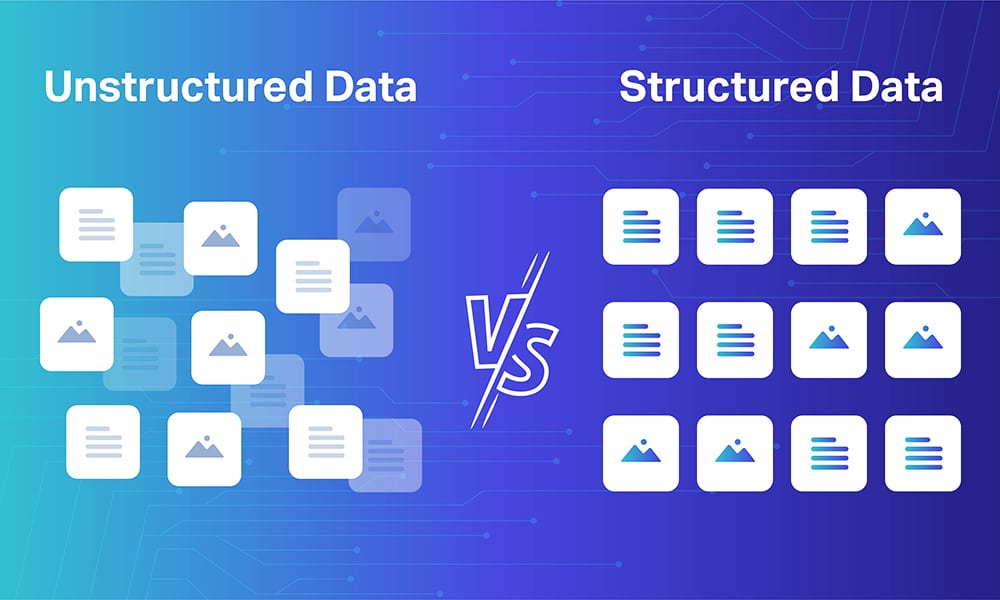Handwritten notes hold a special charm even in our digital world. Intelligent Character Recognition (ICR) helps bridge the analog and digital divide, converting handwritten text into digital format. This technology is part of the AI-driven recognition family, which includes optical character recognition (OCR), facial recognition, and emotion recognition.
ICR makes handwritten notes part of our digital lives to stand out. In this article, we’ll explore ICR, its workings, benefits, and applications in everyday life.
What is Intelligent Character Recognition (ICR)

Intelligent Character Recognition (ICR) is an advanced form of Optical Character Recognition (OCR). It not only reads but also interprets handwritten text.
Unlike OCR, which mainly handles printed text, ICR excels in recognizing and digitizing diverse handwriting styles. It uses artificial intelligence and machine learning algorithms. These learn and adapt to various handwriting patterns over time. This learning process makes ICR more accurate in understanding the intricacies of individual writing styles.
ICR finds applications in various fields. It digitizes forms, automates data entry, and processes handwritten documents. It is a key technology in making digital systems more accessible and efficient in handling handwritten inputs.
Difference Between ICR and OCR

The distinction between Intelligent Character Recognition (ICR) and Optical Character Recognition (OCR) is significant, especially in how businesses process various document types. While both technologies automate data extraction, their approaches and capabilities differ.
| Points | ICR | OCR |
| AI and Neural Networks | Leverages artificial intelligence and neural networks for data extraction | Template-based and do not use these advanced technologies. |
| Data Entry Formats | Learns to recognize various formats and adapt to different document structures | Requires a specific format for data entry as it relies on templates |
| Adaptability | Train ICR for frequent changes in documents like invoices | Ideal for companies with fixed document structures |
| Template Dependency | Does not require any templates | Relies on manually created templates for data processing |
| Compatibility with Data Types | Compatible with a wide range of data types, including images, handwritten forms, and documents from multiple vendors | Limited to digital text and are not as versatile |
Benefits of ICR across different industries
Intelligent Character Recognition (ICR) has a transformative impact across various industries. It holds the power to enhance efficiency, accuracy, and accessibility. Each sector gains unique advantages from ICR’s ability to digitize handwritten documents.
ICR in Healthcare
Intelligent Character Recognition (ICR) transforms handwritten patient forms, prescriptions, and notes in healthcare. Accuracy improves, and accessibility of patient information increases.
ICR in Finance
Finance industries use ICR to process loan applications, checks, and financial statements. ICR enhances data extraction accuracy and reduces processing time.
ICR in Education
Educational institutions apply ICR for digitizing exams, assignments, and administrative documents.
ICR in Retail
ICR digitizes handwritten stock records, customer feedback forms, and purchase orders. Retail services become faster, and more accurate, improving customer experience.
ICR in Logistics
Logistics uses ICR for digitizing waybills, delivery notes, and inventory lists. ICR can streamline supply chains, improve tracking accuracy, and enhance distribution efficiency.
ICR in Legal
The legal sector applies ICR for case notes, legal documents, and client forms. Secure storage and easy information retrieval improve to help with case management and research.
ICR in Government Services
Government agencies use ICR for processing applications, forms, and records. Public service delivery speeds up, document processing improves, and public records become more accurate.
Things to Consider in Implementing ICR
Before implementing Intelligent Character Recognition (ICR) in your organization, it’s crucial to consider several key aspects. These considerations ensure that the integration of ICR aligns with your operational needs and enhances overall efficiency.
You Deal with Handwritten Forms: Relying on manual processing of handwritten forms can lead to redundant work. Employees must enter all data manually to make it compatible with a Document Management System. ICR automates this process to save time and reduce errors.
You Work with a Range of Vendors: Many businesses still deal with paper-based receipts and invoices from various vendors. Manually filing and entering this information often leads to delays and potential errors. ICR helps streamline this process, reducing the risk of accounting errors and lost documents.
You Use Scanners for Document Management: Scanning documents as PDFs often results in non-searchable files. Implementing ICR or OCR software allows for searchable digital documents. This enhances the efficiency of Data Management Systems, making file retrieval faster and more accurate.
You Strive for Digitization: Digitizing paper documents offers numerous benefits. It allows for better organization, cataloging, and accessibility. Implementing ICR aids in achieving a higher level of digitization, leading to improved intelligence and adaptability in business operations.
You Encourage Remote Working: You can convert paper-based documents into digital formats with ICR. This eliminates the need for physical storage and enables remote access to documents. It supports flexible working environments and reduces overhead costs associated with document storage.
Conclusion
Intelligent Character Recognition (ICR) stands as a pivotal innovation in data processing and management. Its ability to transform handwritten documents into digital formats revolutionizes operations across industries. ICR optimizes workflows and paves the way for a more digital, efficient, and inclusive future.









